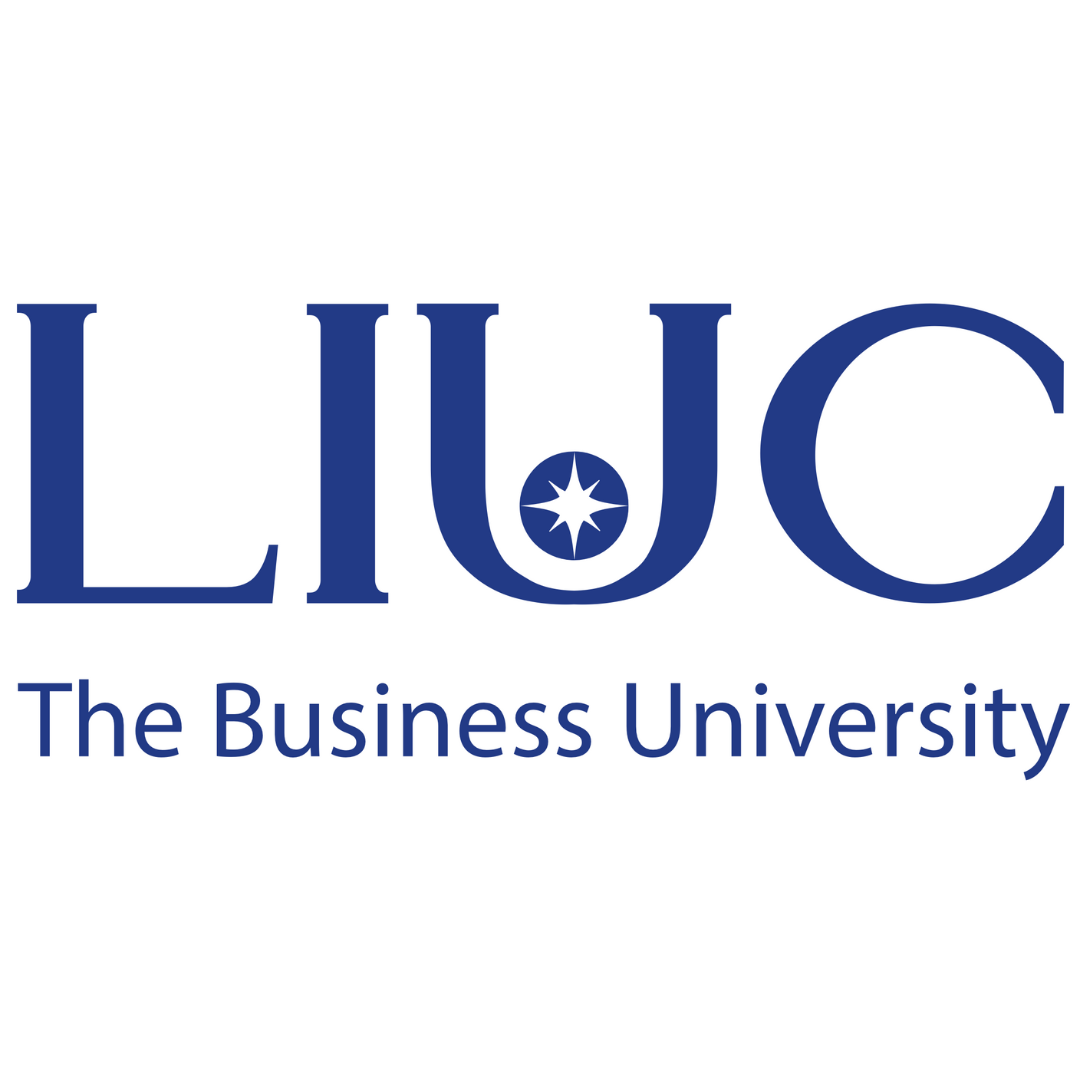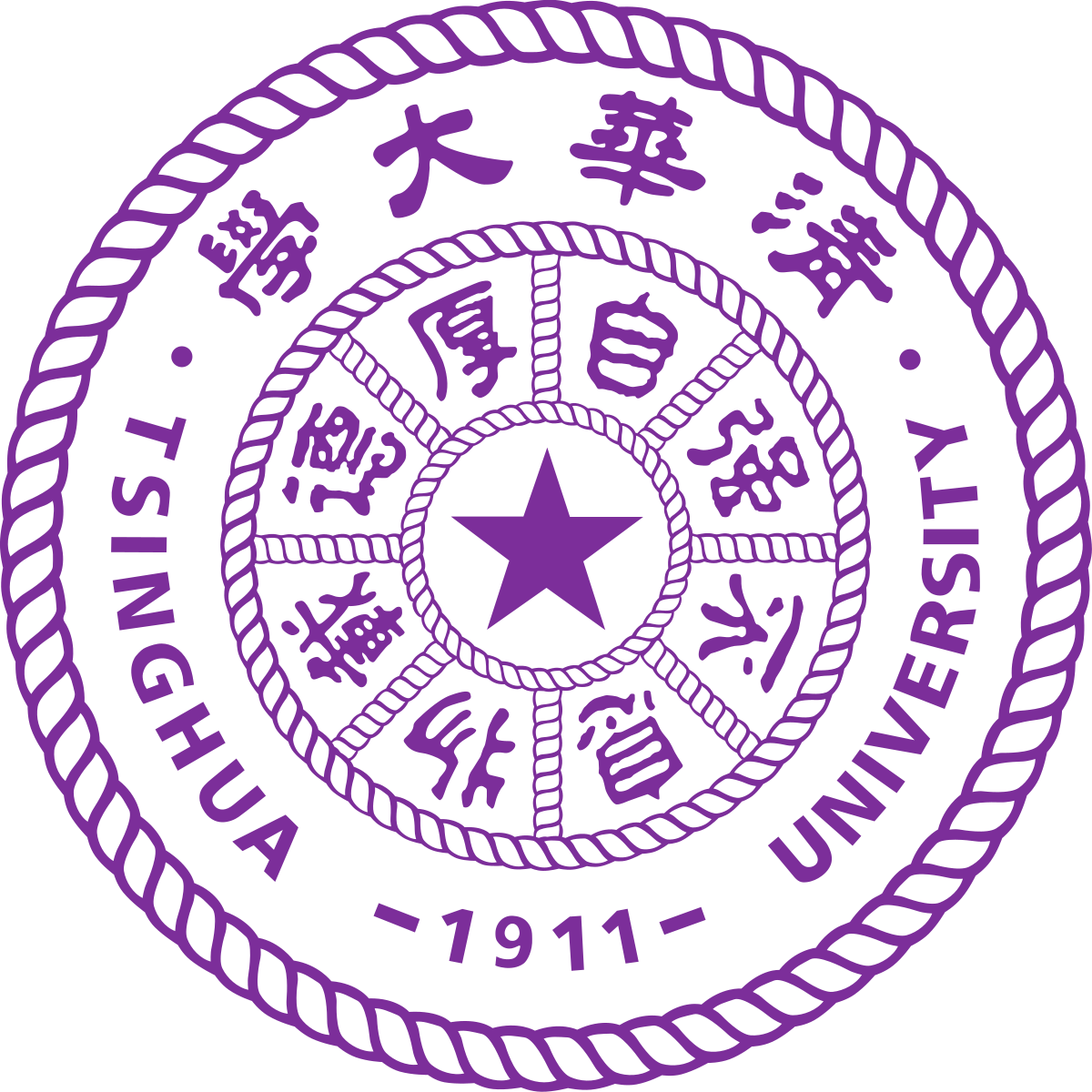Compulsory courses (12 credits)
The student takes the following courses (12 credits):
BIP6029 Writing and scientific communication in cellular and molecular biology
SFC6006 Cutting edge topic in forensic science
SFC6008 Data science: processing and visualization of forensic results
SFC6012 Interpretation of Evidence I
Optional courses (0 to 3 credits)
The student can choose one of the following courses (0 to 3 credits):
BIP6014 Advanced Molecular Biology
BIP6022 Advanced cell biology
CAN6001 Chemical analysis
CHI7100 Trace analysis
CHI7160 Physical chemistry of polymers
CHI7180 Advanced spectroscopic analysis methods
CHI7400 Cutting-edge topics in physical chemistry
CHI7840 Chemistry and water quality
CHM6005 Industrial pollutants and environment
CHM6007 Chemistry of cellulosic materials
ECL6008 Introduction to environmental issues
ECL6015 Introduction to environmental methods
ENG6003 Food webs and environment
GPA6012 Experimental design and data processing
NRG6000 Science of materials
NRG9213 Structure and properties of materials
PMO6009 Synthesis and characterization of materials
PMO6011 Numerical simulation methods in materials science
SBM6003 Biostatistics
SFC6013 Interpretation of Evidence II
Complementary courses (0 to 3 credits)
With the approval of the program manager, the activity can be 2nd or 3rd cycle. Exceptionally, the student may choose an undergraduate activity or an activity offered outside UQTR.
Research credits (30 credits)
To successfully complete the program, students must carry out research work counting for 30 credits.
RESEARCH WORK
Dissertation
The dissertation will focus on a subject covered during the training that the student wishes to deepen. Throughout his project, the student will be supported by a professor with whom he will have to agree on his object of study and regularly report on the progress of his work. The thesis will be evaluated by a jury made up of 3 people, namely the student's research director and two other people designated by the program committee. The dissertation may take a traditional form, or be presented in the form of a dissertation by article.
In the latter case, the student will have to submit a scientific article for publication in a scientific journal with jury, covering all the results of the research. The choice of journal must be approved by the research supervisor. The student must be the first author and must write the publication themselves. Considering the deadlines for evaluating articles, the article must be ready for submission, but not necessarily accepted by the direction of the journal. At the time of the initial submission, the journal must however have been identified.
Show less













